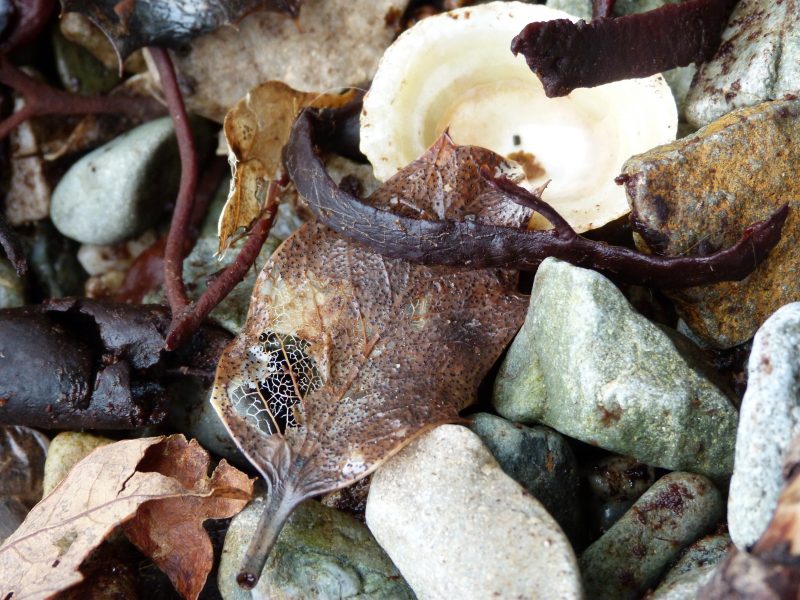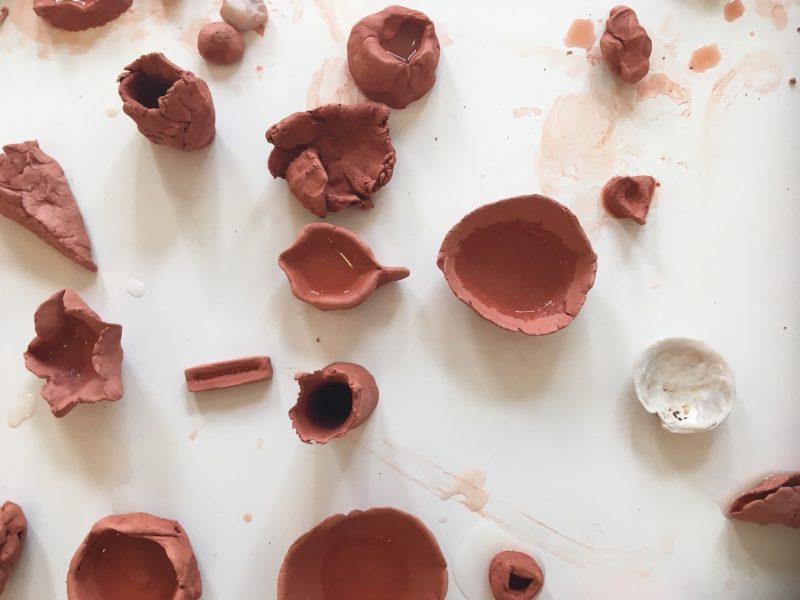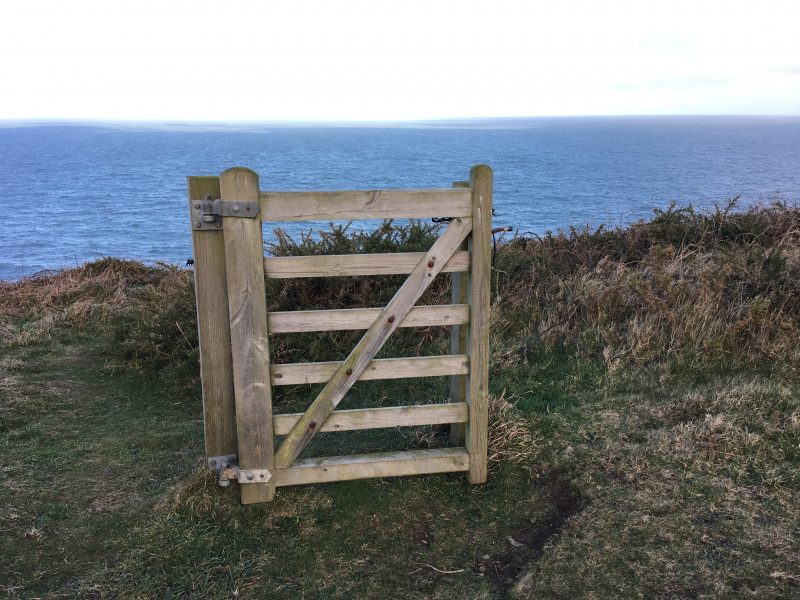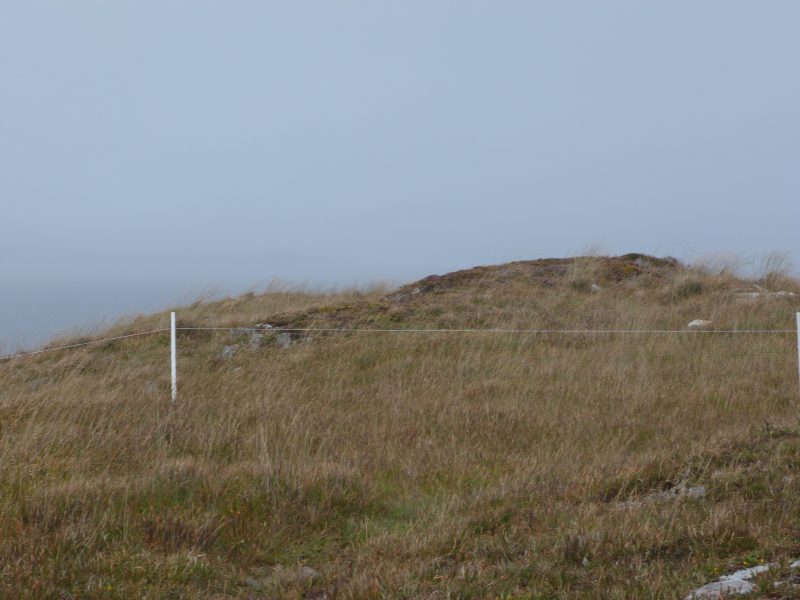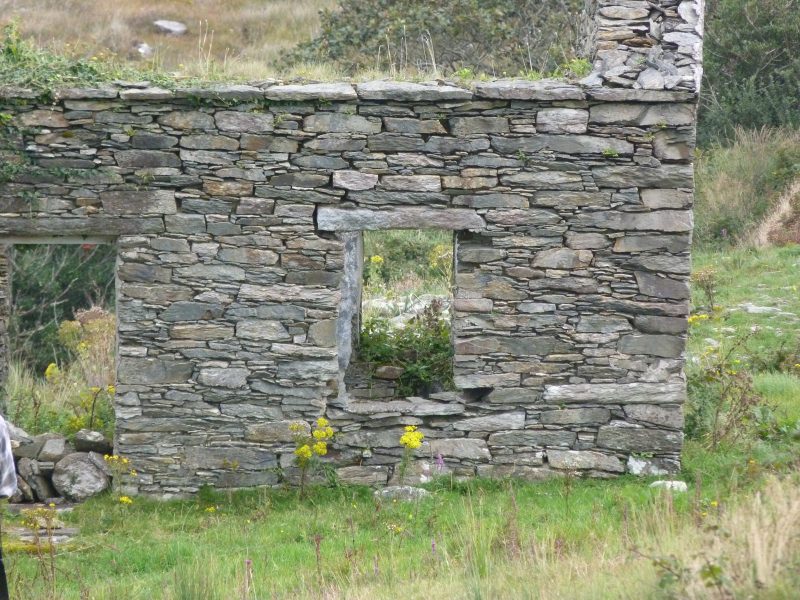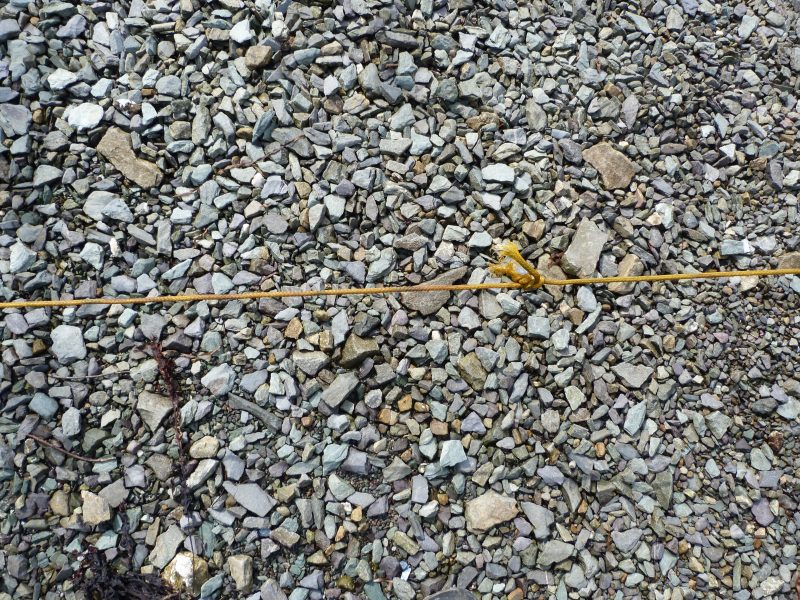Conditions for possibility – ongoing research
Proposal for Creative Wales Award
Written in September 2016
I look up from my laptop and I see lines, borders, and boxes. Sat in Chapter café the rows of chairs, tables, posters and evenly placed light fittings clearly indicate how the space should be used. I go outside and see the rows of terraced houses; I walk on the clearly defined pavement. I go out of the city and pass through manicured fields, freshly chopped grass, neatly ordered rows of crops. Carefully controlled trees border the roads as if programmed with growing instructions. There is a pleasure in this order, it has a function; a part of me feels safe; it appeals to my visual and visceral aesthetic.
I find comfort in symmetry. Anyone who’s worked with me knows that I tour my choreographic work with a tape measure. I spent the majority of last year arranging dress pins to imitate daisies. The detailed ordering of things is my craft. I arrange people, objects, and spaces. I work with the environment I’m in; I work with time; I work with my gut, my body; I work with my intuition. My favorite definition of a choreographer is the writer of space, the arranger of things; this is how I define myself as an artist.
Last year I stopped seeing this order. Boxes and frames lost their comfort. I was uprooted by chaos. Life became messy.
Then I stopped.
In the past ten years of choreographing I have never stopped. I found myself undone and done in. Unordered. When people asked me what I was doing I answered in the simplest terms of what I was doing in that moment – I was sitting down, I was walking, I was looking at the wall. I described my physical actions in relation to the space around me. I then quickly changed the subject.
During this time of ‘not making’ I went to India, I went to Germany and I went to France. I saw things, people, and places as I had not seen them before; there are infinite layers to this first glance of order. I had time to reflect on lectures and books read during my Master in choreography. I spent a month on a permaculture* farm. I arranged nothing. I saw what was there. I gave things space. I watched until I was moved to do something, and I worked only to uncover what was already there.
I now look up again up from my laptop and I notice these imaginary borders, these thick transparent dividers of things, places, and people. Behind the pleasing organization I see their toxicity; our obsession with borders is brutal to the environment, our communities and our own wellbeing. Nothing can survive or sustain in isolation. I look at my own practice over the past ten years and I notice how much time I have spent working in isolation, working under pressure, trying somewhat desperately to be a fully independent artist. Collaboration with other artists and venues has played an important role within production processes but the times in-between have been spent isolated. These steep peaks and troughs of adrenaline within production-based work have taken their toll. It has proven to be unsustainable for my body, my mind and my career.
This trap of the human condition to separate in order to identify, order, analyze, control and produce can be seen globally in our scientific, economic, political and social interactions. The history of art is routed within this capitalist ideal, and just as we can see its detrimental effects to the environment and economy, we can observe the same in our personal, professional and social wellbeing. In discussing the Edinburgh Fringe Festival last year Patrick Collinson writes in the Guardian “It is the perfect capitalist model: the owners of assets such as hotels and restaurants skim off large profits, while the people who make those profits possible – the performers sweating in the city’s aircon-dodging venues – walk away penniless.”
My overarching question for this research then is:
- How can I sustain my artistic practice and what conditions are needed to make this possible?
Approaches to this question I am interested in exploring are:
- How can systems and patterns observed in permaculture be applied to arts practices? Can these be adopted in order to de-border forms and create interdependent creative environments?
- What are the experiences, role and function of choreography beyond a performance and can choreography exist as a practice without a product?
- What daily practices can I apply to support, nourish and focus my work? How can these offer a grounding to my practice that protects against the turbulent nature of working in the arts that thrives on power, celebrity, and product over a enriched and awakened process.
- How can the process of making art be a political act or statement within itself?
Lasting twelve months, I will be mentored throughout the process by Simon Whitehead and undertake a series of residencies with Jamie McCarthy, Saffy Setohy, Marega Palser and Kip Johnson. I will also meet artists to share practice and attend workshops and training within the realms of conceptual, experimental, interdisciplinary and social art practice. I will join Interval, an artist collective based in Bristol to work in close proximity with other artists, develop my daily practices and be exposed to an interdependent creative environment.
Throughout these interventions and explorations of practice I will explore my form and the notion of choreography and the potential fluidity of its perceived borders. I have stated that the detailed ordering and arranging of things is my craft: Is there then the potential to choreograph a piece of writing? An image? An object? What frames are then are the most relevant to my work? And, is the work always reliant on a final event, be it a performance or exhibition? Does the work have to be witnessed in order to exist? What traces remain and can choreography ever be made permanent? Or is my chosen form symbiotic with the ephemeral within its deep routes as a body practice?
I will continue to ask how can I sustain all this.
*Permaculture originally defined as permanent culture observers and simulates patterns found in our natural eco systems. The Introduction to Permaculture (1991) states “Permaculture is a philosophy of working with, rather than against nature; of protracted and thoughtful observation rather than protracted and thoughtless labor; and of looking at plants and animals in all their functions, rather than treating any area as a single product system.”
Supported By:
Creative Wales Award 2017 Funded by the Arts Council of Wales
Tours
Practice based research
Credits
- mentor Simon Whithead
- Composer / mentor Jamie McCarthy
- Collaborator / artist Saffy Sethoy
- Collaborator / artist Marega Palser
- Collaborator / artist Kip Johnson
- Artist led collective Interval
- Artist- peer support Katherine Hall
